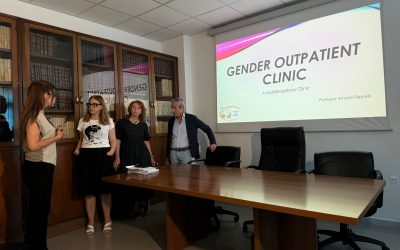According to the European Commission, “Living Labs operate as intermediaries among cities, regions, firms, third sector and research organisations as well as citizens for joint value co-creation, rapid prototyping or validation to scale up and speed up innovation and businesses.
Living Labs are real-life test and experimentation environments that foster co-creation and open innovation among the main actors of the Quadruple Helix Model, namely: citizens, government, industry, academia”.
In practice, a Living Lab is a real-world environment in which people, organisations and researchers collaborate to test, co-create and improve new technologies, services, products or policies. Keywords related to living labs include user-centredness, a real-life setting, collaboration, and an iterative process.
While the definition is not always clear, some features have been identified:
- Living labs are ecosystems of research and innovation
- Such structures involve land managers, institutions, researchers, businesses, and other stakeholders in the co-design, testing, monitoring, and evaluation of new solutions to current regional and social challenges
- For example, defining new sustainable soil management practices to mitigate and/or adapt to climate change, or a city testing smart lighting systems in a neighborhood where residents provide feedback, aligns with the concept of a living lab
- Their focus is on the end user
In short, a Living Lab is a methodology involving co-creation and experimentation in real contexts and is often a physical or virtual place where this innovation process happens.



